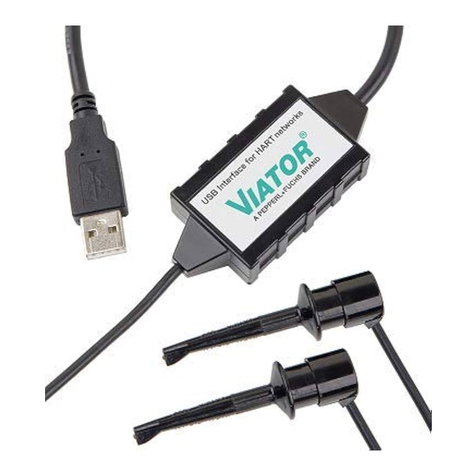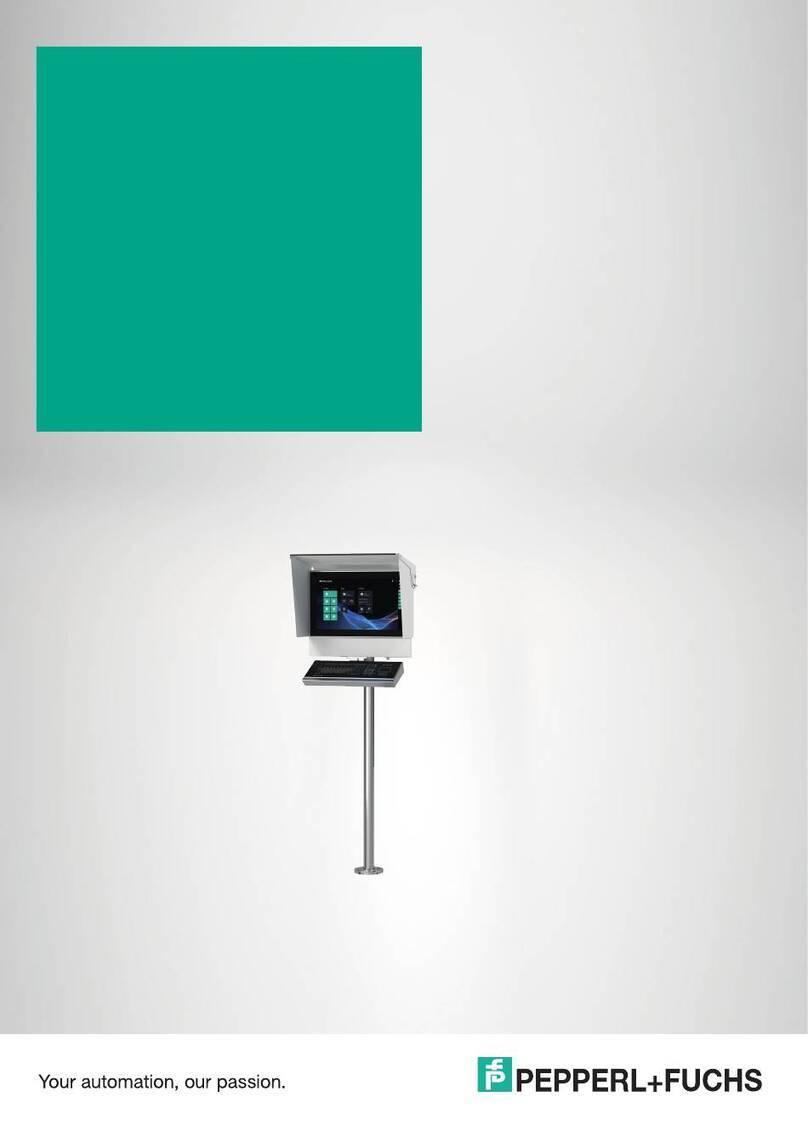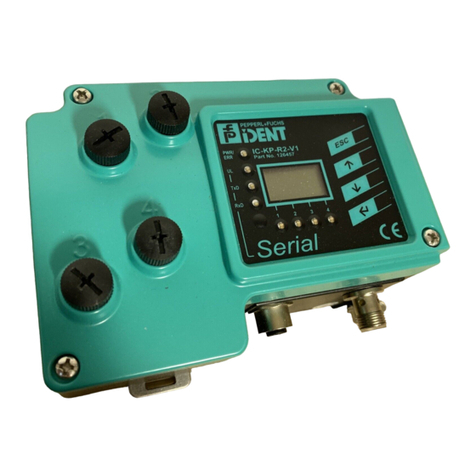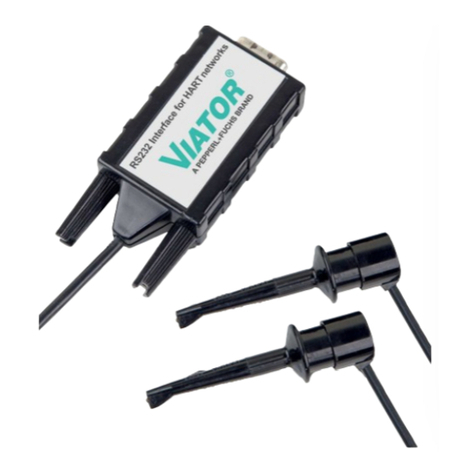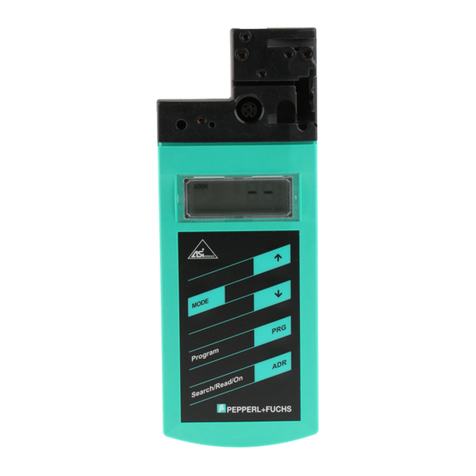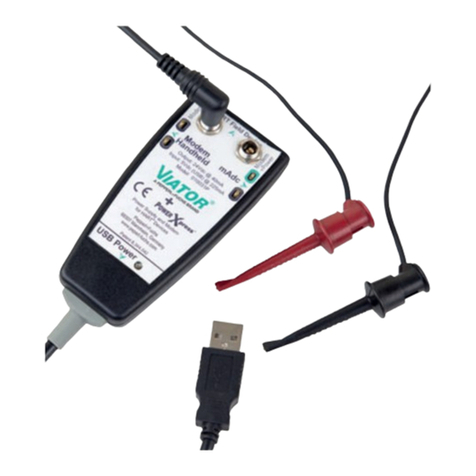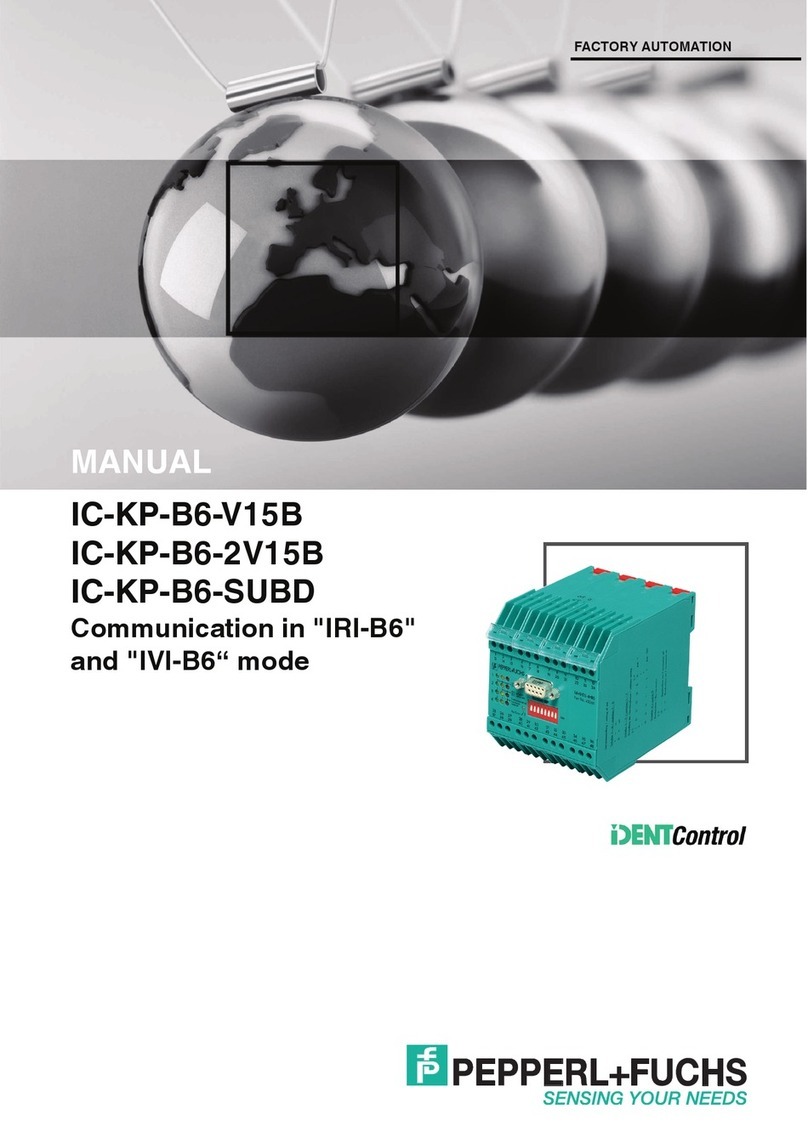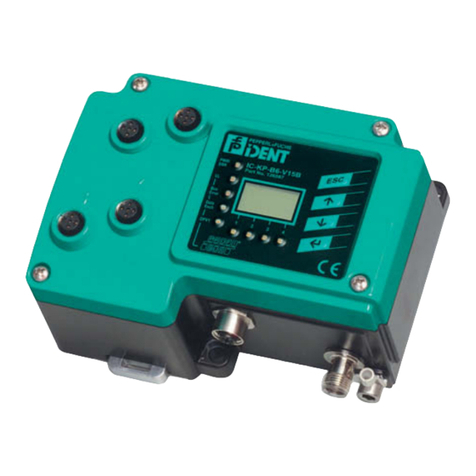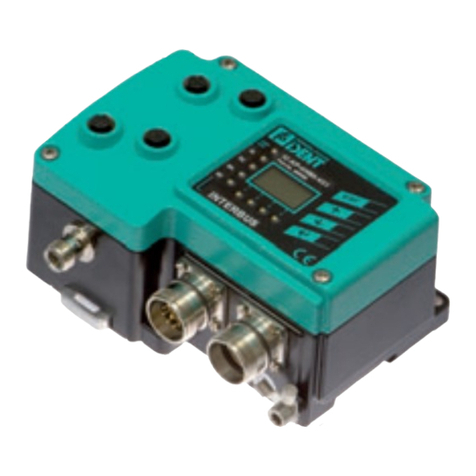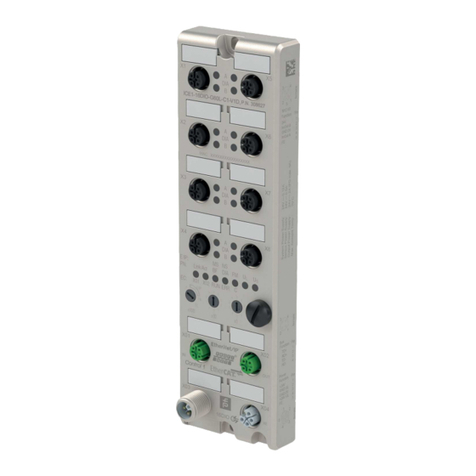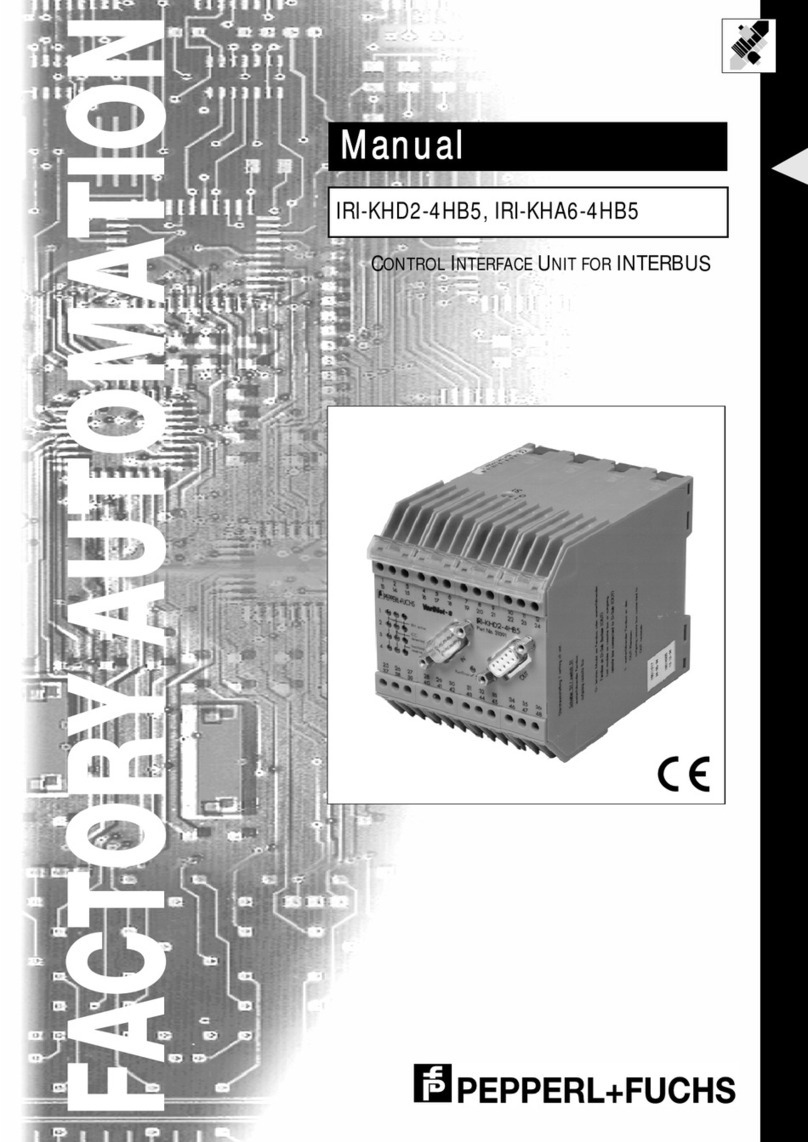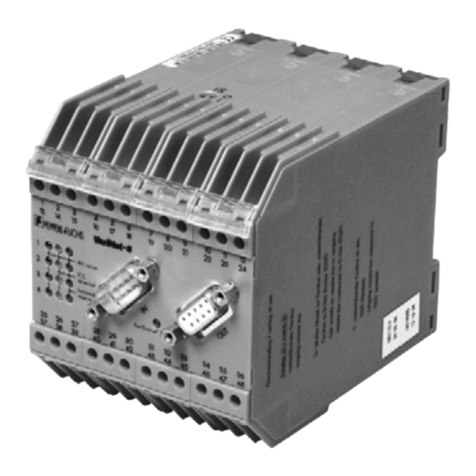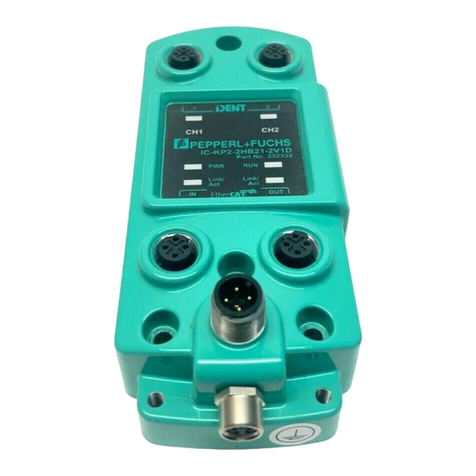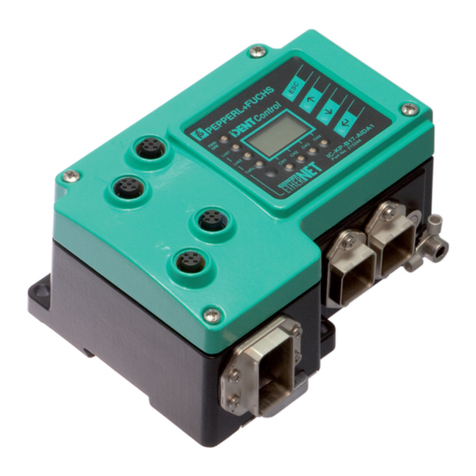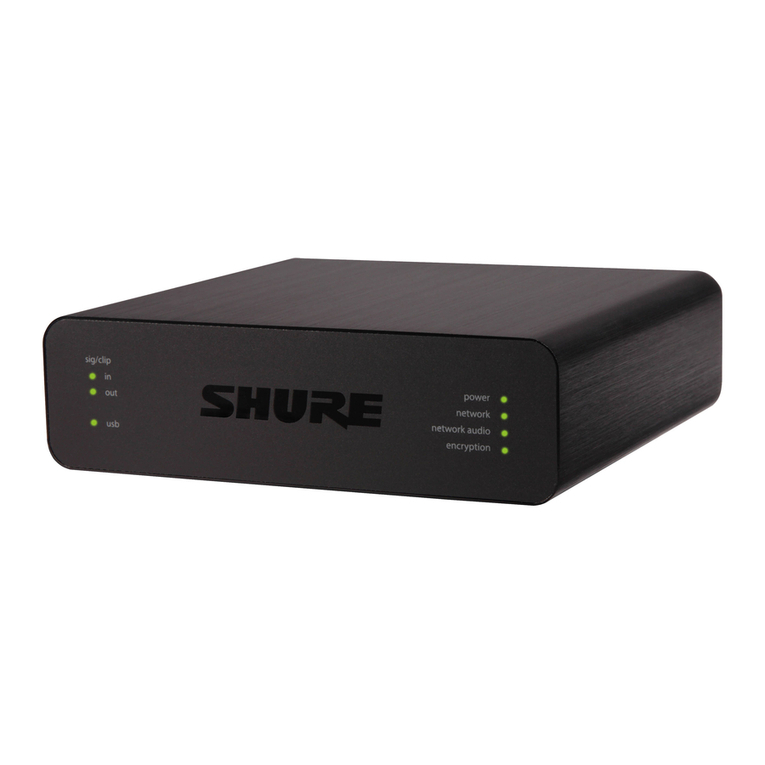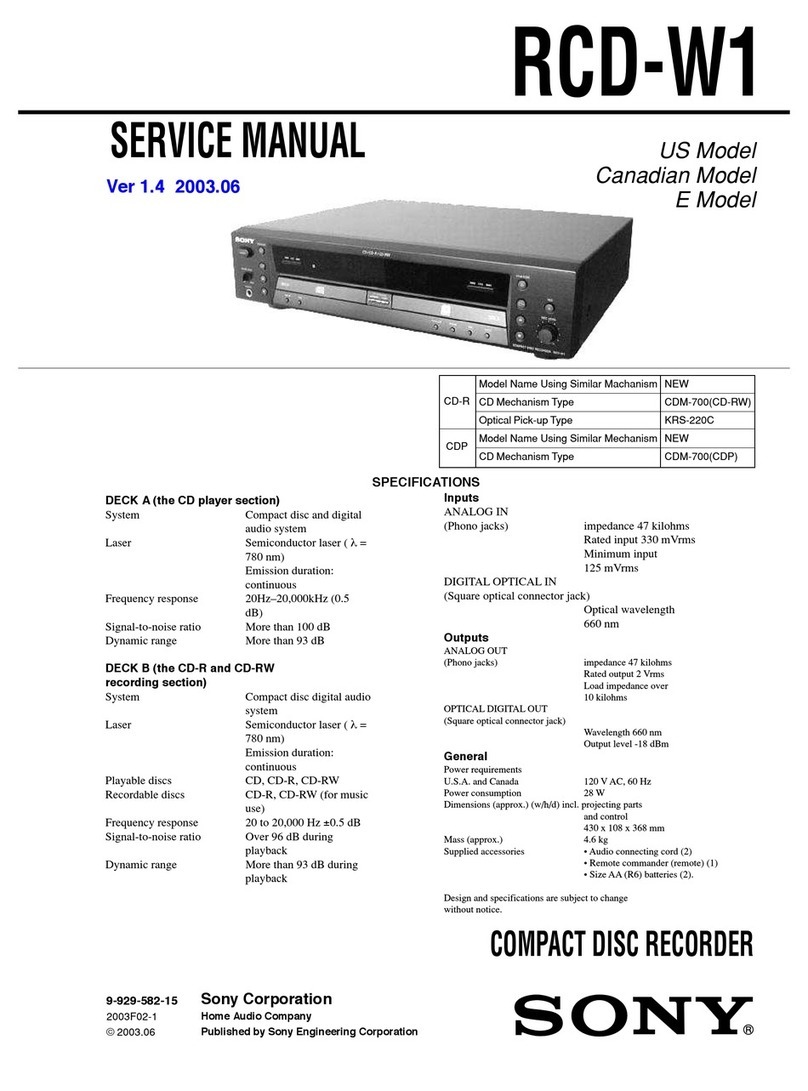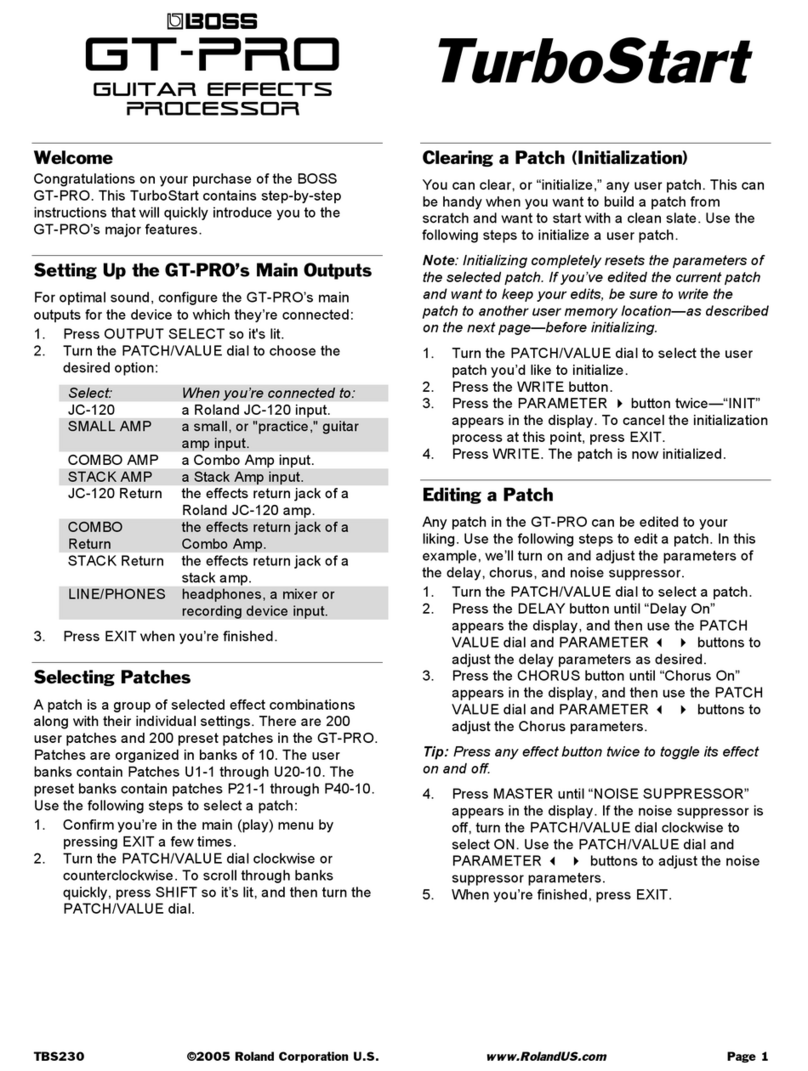
WRM-F301-IO-B15-2V15
Product Description
2019-04
7
2.2 Application Types and Benefits
For the following application types, the SmartBridge® system provides a valuable advantage:
Clearer Application Parameterization of IO-Link Devices
Intelligent sensors and actuators often have many functions with widely differing parameters.
With the SmartBridge app, it is very simple to display and modify functions and the associated
parameters.
Easier Commissioning of Machines and Plants
When commissioning machines and plants, it is often the case that not all of the required
control functions are implemented. In this situation, the SmartBridge system will indicate
whether the parameters of the sensors and actuators are set correctly, and whether all of the
data is transferred in full.
Easier Troubleshooting in the Event of Repair or Maintenance
Troubleshooting is often a time-consuming task, especially if faults occur only sporadically. In
such a case, it is helpful to log the actual function for a certain period of time, and then
subsequently evaluate the data on a PC.
Continuous Status Monitoring of IO-Link Devices
Some sensors or actuators are located at critical points in a machine or plant. Here, repeated
deviations from the intended function can develop for a variety of reasons, such as mechanical
wear, electrical faults, or climatic changes. In situations like this, continuous monitoring of the
limit values or notification thresholds may be required. The SmartBridge system is also
designed for permanent use in a machine or system and therefore offers easy visual monitoring
of critical operation and status data.
2.3 The Function of the SmartBridge Interface
Overview
The SmartBridge interface can be used in the connection line between the IO-Link device and
machine control, or it can be used autonomously with one IO-Link device only. For autonomous
use, an external power supply via a 24 V power supply unit or battery is required.
The SmartBridge interface features the operating modes master mode and monitor mode,
which are designed for different application types. In monitor mode, the SmartBridge interface
is a passive communication component. In master mode, it serves as an active component. In
terms of the machine control, data is accessed via the SmartBridge interface without any
reaction.
While monitor mode is suitable for recording data in an existing IO-Link connection, master
mode also enables the active modification of device parameters.
Depending on the selected operating mode, the SmartBridge® system can be used for the
following tasks:
Monitor mode
■
Displaying and recording process data
Master mode
■
Displaying process and status data
■
Displaying and modifying parameter data
■
Recording process and status data
